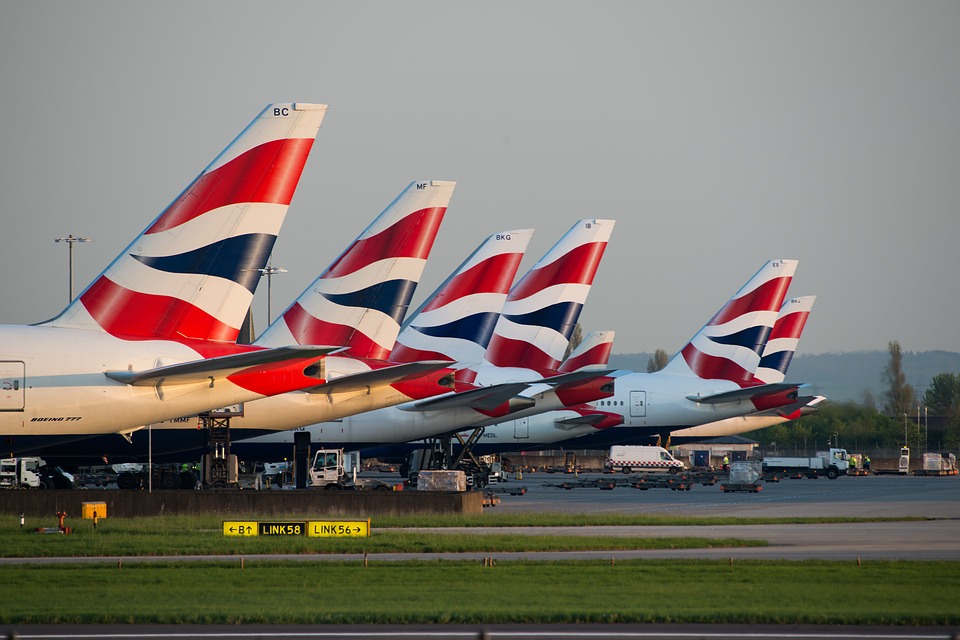
We tend to think of downtime as something that happens when a hacker figures out how to compromise company systems. And while this is a risk, the biggest threat is actually an aging infrastructure. When companies rely on the same technologies for more than, say, five years, they inevitably wind up getting into trouble. Older computers ultimately fail, as many large companies soon find out.
The British Airways Experience

Take British Airways, the beleaguered national airline currently suffering from a grounded fleet because of COVID-19. Last year, the company got into trouble because of the complete collapse of its entire computing system. One day, at the end of May, it suffered a complete technological meltdown that revealed just how dependent the company had become on outdated software and human operators.
The root of the problem was a power outage of the company’s IT hub. The disaster led to the cancellation of flights that affected more than 75,000 passengers. Worse still, even when British Airways instituted its disaster recovery plan, it didn’t solve the problem. It attempted to boot up backup servers, but the error of a single technician meant that the problem persisted for hours, not minutes, as engineers desperately tried to fix whatever the problem was.

At root, British Airways made the same mistake that many companies make when it comes to IT. They attempted to maintain their computing systems in-house instead of uploading them to a cloud-based infrastructure with a dedicated server. Had they done that, then they could have avoided ruining tens of thousands of passengers’ vacations.
British Airways Isn’t Alone

If you think that this is an isolated event, then you’re sadly mistaken. It turns out numerous other airlines have experienced similar catastrophes precisely because they have an old business mindset, which says that they need to perform as many functions as possible in-house. Remember, British Airway is an airline company, not a computing firm. Its expertise is in arranging flights, hiring pilots, and advertising to holidaymakers. Its job shouldn’t be to maintain technical systems.
Disaster Preparation

The funny thing about the British Airways experience was that they already had a disaster recovery plan in place. They knew that the chances of a shut down were high. So they prepared for it, anticipating that it would eventually happen. The only problem was that the solution didn’t work, so they were no better prepared than if they didn’t have a plan at all.

However, progressive engineers and companies ask whether there’s a need for disaster preparation. Surely, the better solution is to avoid the inevitable instead of waiting for it to happen? For this reason, we see a paradigm shift in the IT industry. Firms are now offering companies services that help them remove the risks of downtime by managing their systems remotely. If one server fails, these providers can instantly switch over to a new one, offering continuity of service. Thus, we could be looking at the end of experiences like those suffered by British Airways.




